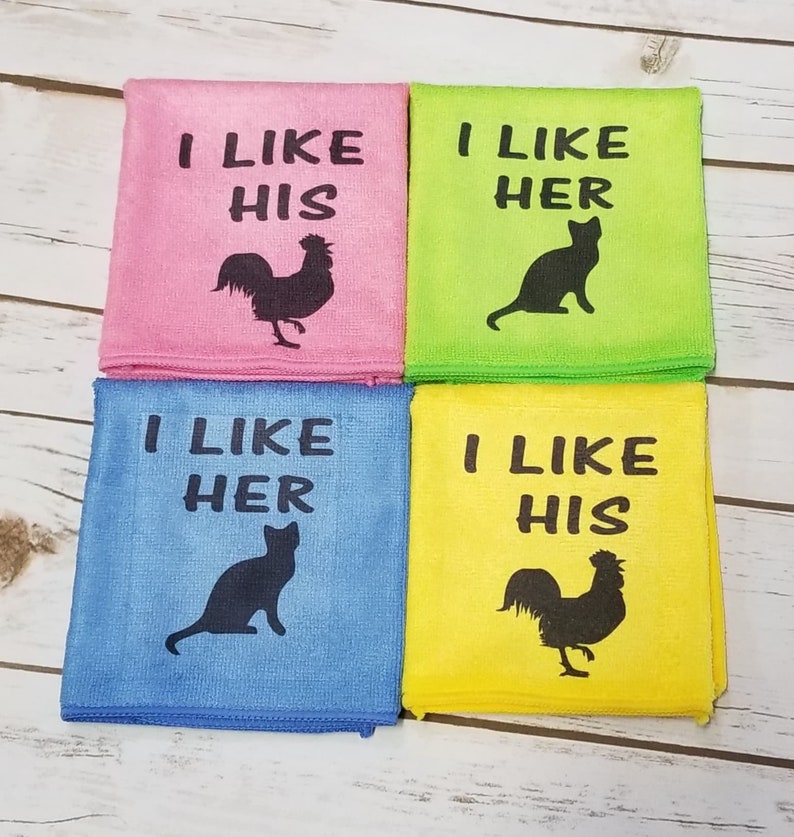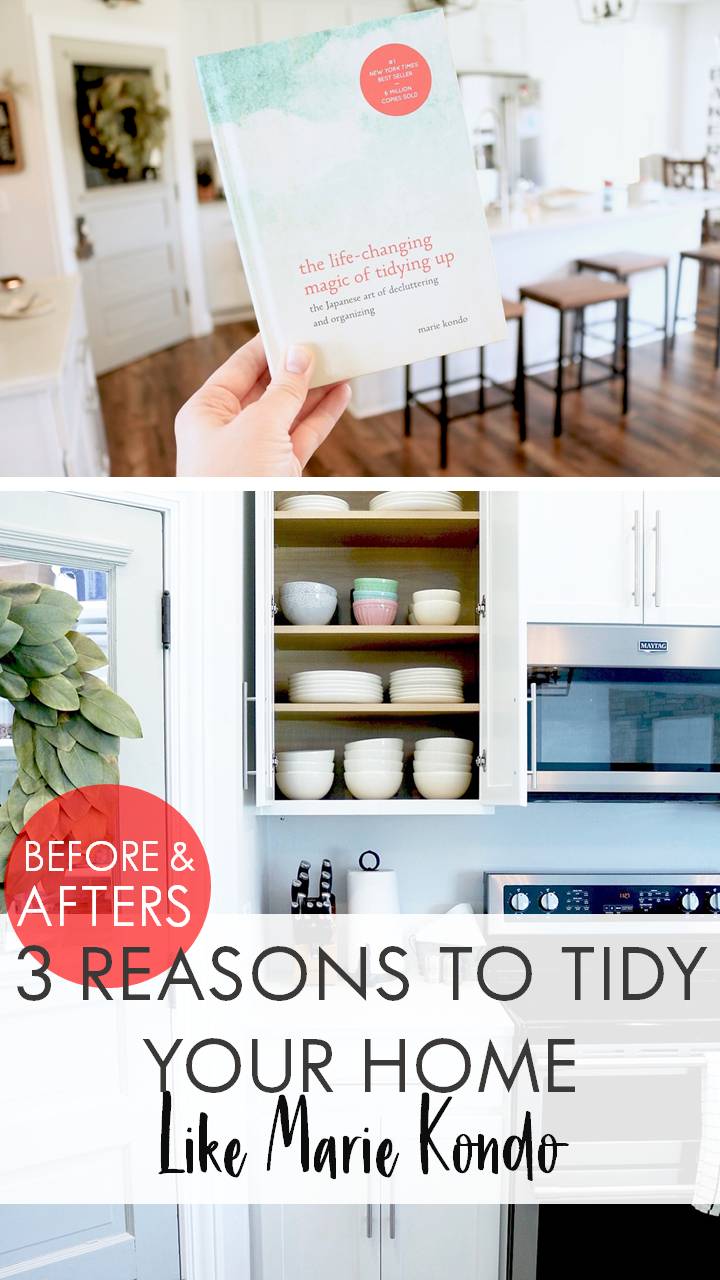

Let the materials cross pollinate in a mess. Some pieces of art I made were utter happenstance where a couple items came together in a pile and the piece was mostly done. But if you can’t lay your hands right on the tool you need, you can blow a day (or your enthusiasm/inspiration) seeking it.

My rule is- keep your tools very organized so you can find them. My friend John Unger has an interesting take on this, by making a distinction between tools and materials: It’s hard to work if you can’t find the tools you need when you need them. Of course there’s such a thing as too much clutter. In fact, they’re often at odds with each other: one is often most creative when one is least productive. It is always a mistake to equate productivity and creativity. Maybe that will help you if you’re a printmaker pulling prints, but it won’t help you come up with an interesting design for the next print.
I like to tidy up free#
You think that if your studio is tidy, it will free you up to be more efficient, and therefore, you will produce more. New ideas are formed by interesting juxtapositions, and interesting juxtapositions happen when things are out of place. Some of my favorite artists not only have messy studios, they have intentionally messy studios, because they understand that creativity is about connections, and connections are not made by siloing everything off into its own space. This might be a good time to mention that while The Life-Changing Magic of Tidying Up can work wonders on your sock drawer or your kitchen pantry, I have serious doubts about its usefulness to artists and creative people. Instead of asking yourself what you feel, you’ll start asking whether you need that book or not. The criterion is, of course, whether or not it gives you a thrill of pleasure when you touch it.

Once you have piled your books, take them in your hand one by one and decide whether you want to keep or discard each one. This is the exact opposite of the kind of tidying Kondo prescribes: I often stop tidying because I get swept up in reading. When I come across a long-lost book, for example, I open it to random pages, give it a browse, see if it has anything to tell me. This is a slow, dreamy, ruminative, reminiscent form of tidying. The reason I tidy is not to clean, but to come into contact with something special that I’ve forgotten that I can now use. The best studio tidying is a kind of exploring - I’m re-discovering spaces as I sift through the objects that occupy them. The best thing about tidying is that it busies my hands and loosens up my mind so that a) I get unstuck with a new idea or I solve a problem in my head b) I come across something in the mess that leads to new work, like whenever I come across an unfinished poem that’s been buried in a stack of papers or blown across the garage by the air conditioner: Tidying up a studio is, sorry Marie, not life-changing or magical, it’s just a form of productive procrastination. It doesn’t say ALWAYS. Tidying up is for when I’m stalled out or stuck. I have this Oblique Strategy hanging up in my studio.


 0 kommentar(er)
0 kommentar(er)
